First, we need to learn to evaluate two key packaging categories for designing products and identify weaknesses. You can then implement a packaging solution for each type of packaging.
1. Three stages of packaging
There are three stages below:
1) Primary packaging
This package comes into direct contact with the product you sell. Primary packaging will be the medium that many customers will see when making a purchase decision. How does your product stand out on the shelf?
2) Secondary packaging
Secondary packaging combines multiple units of a product. It is usually not in direct contact with the product itself. Examples of secondary packaging are countertop displays or beer cabinets. A large number of products can be delivered to consumers through them. Well-designed secondary packaging works well in drawing consumers’ attention to your product, as there is usually a larger surface available for printing.
3) Tertiary packaging
This holds the products together, making them easier to transport, distribute, and store. A carton of water bottles or granola for the main shipper is considered tertiary packaging. This packaging needs to be matched with useful brands to identify products with effective features. Delivering damaged products, and poorly designed secondary packaging can harm a company.
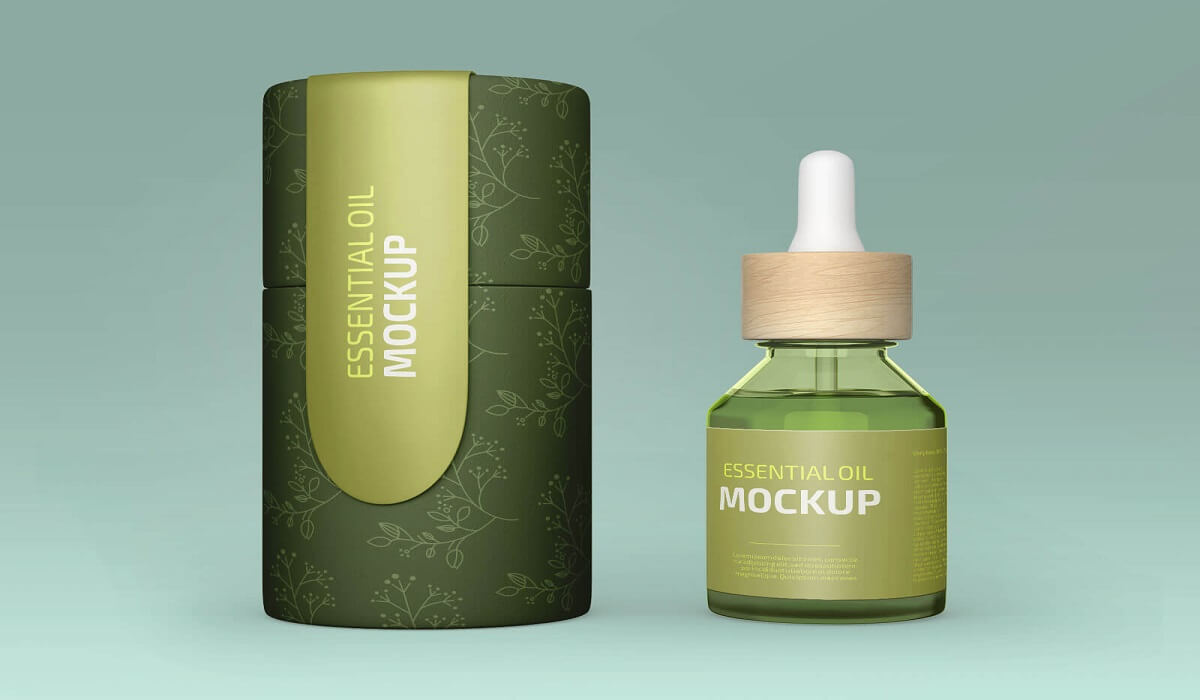
2. What are the principles of packaging design?
The design of custom packaging involves many details. The company should consider the entire process its products will go through to create effective packaging solutions.
1) Simplify things
B2B customers will care less about flashy graphics and more and more about graphics that clearly convey the content of the product. A quick and easy explanation of what the product is should be provided.
Consider the impact of negative space. Negative space may seem like a waste, but it can help draw attention to the most important parts of your brand. Effective spacing allows companies to easily identify brands, product types, and product benefits. Excessive text may detract from the product’s key identifier.
2) Authentic sales
Authenticity is very important for B2B sales. If a company resells your product, it becomes a reflection of its business, and B2B customers expect the product they’re used to buying to be the same the next time they make a purchase. Any deviation from this point will lead to a loss of trust in the brand.
3) Brand consistency
Are you planning to expand your product line? Consistent packaging design is essential to maintaining a brand identity that really contributes to your shelf presence. Companies shouldn’t spend time trying to determine which brand or product line a new product fits into.
The best way to do this is to use a strong logo that can be presented in a variety of ways and scaled down to various sizes without losing brand awareness. The logo also includes consistent font and tagline styles. With a consistent style, color schemes can be manipulated for different product lines without losing brand identity.
4) Dispatch and receipt arrangement
Custom packaging needs to be easy to ship and receive to build a good B2B relationship. The media used to package the product should be quickly identifiable and easy to unload. Any job, such as assembling a monitor, needs to be simple and fast. If a company makes packaging that is not easy for the company to use, it may lead them to work with competitors who streamline the process.
5) Display
An important factor that the company will consider is the packaging display. Competition for shelf space is becoming increasingly fierce, so custom packaging needs to be designed efficiently so as not to take up unnecessary space.
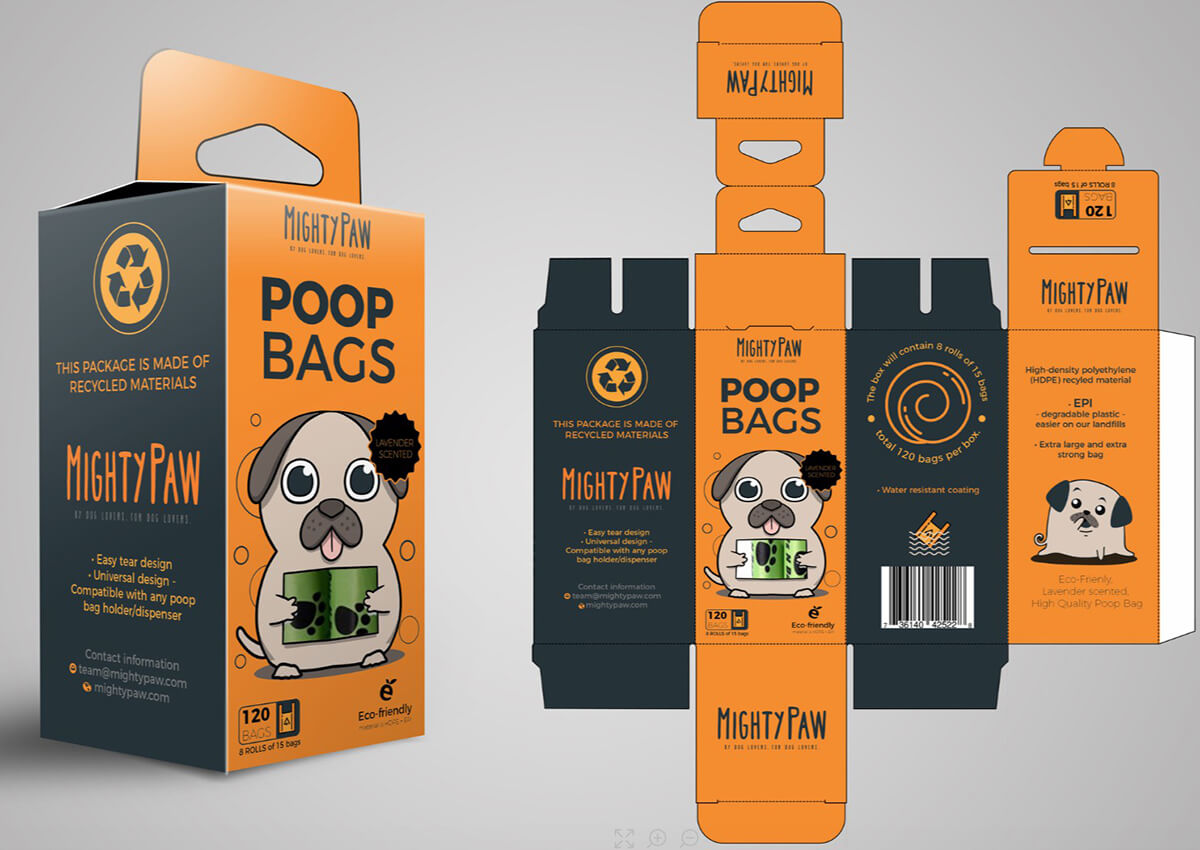
3. What should I pay attention to when choosing a package?
There are some tips below:
1) Light-blocking containers (not only for oil)
Light is known to be the worst nemesis of CBD oil, so choose an amber or dark blue bottle for your CBD oil. Keep in mind that many consumers will leave open containers in a place where they can easily use them on a daily basis – they may not store them in a pantry or medicine cabinet.
Therefore, you need to provide as many shaded containers as possible for your marketing environment. You don’t want oil droplets to degrade quickly because they stay on the dresser and countertop.
Gummies look very attractive in clear bottles, as well as CBD may be more stable in a candy matrix, but it’s still a good idea to keep them in the dark. Consider using colored bottles and high tags to block as much light as possible. For gel capsules and dry formula pills, opaque white bottles look clean and reputable.
They also block light and look attractive in your marketing materials. It’s also a good idea to print storage instructions on labels – as simple as “store in a dark place at room temperature” or “avoid exposure to heat or light.”
2) Seamic tightness
The second factor that affects the freshness of CBD formulas is air. The less atmosphere that penetrates the package, the better. Cardboard boxes are great for outer packaging, but glass, plastic, and polyester will help prevent open infiltration. Even capsules retain their CBD contents in the package for a longer period of time, designed to be as far away from the air as possible. The use of desiccant helps absorb moisture from certain bulk components and finished products.
3) Validity Period
Customers and consumers will be happy to know how long your product will remain effective. Generally, CBD has a shelf life of about two years, but this largely depends on the purity of the ingredients, the matrix of the product, the packaging, and the storage environment.
However, best practices mean that customers should never receive a product that is close to a year marked. Good business relationships require expiration dates, manufacturing dates, or best-before dates printed on labels and getting products out of the market as quickly as possible.
4) Transparency
The consumer wants to know where their CBD products are grown and processed in a world where CBD oils are rife with substandard or dirty oils. Cannabis products that are not U.S.-grown and do not qualify for the cannabis pilot program generally avoid printing and sourcing information on their labels.
While the U.S. Food and Drug Administration (FDA) and Federal Trade Commission (FTC) may not impose CBD packaging requirements that require sourcing information, you may prefer to include them for true transparency and highlight quality.
5) Link to Certificate of Analysis
Third-party testing for cannabinoid content and purity is a benchmark for industry best practices. Every brand should have this information readily available. By providing certificates on your website and linking them through QR codes or lot numbers on the label, you can give your customers and consumers peace of mind.
6) Label compliance
How you describe your CBD product and what information to include on the label while complying with state, federal, and international regulatory agencies will be challenging. Since CBD is currently in a regulatory gray area, you need to know what information should be on the label and what should not be on the label.
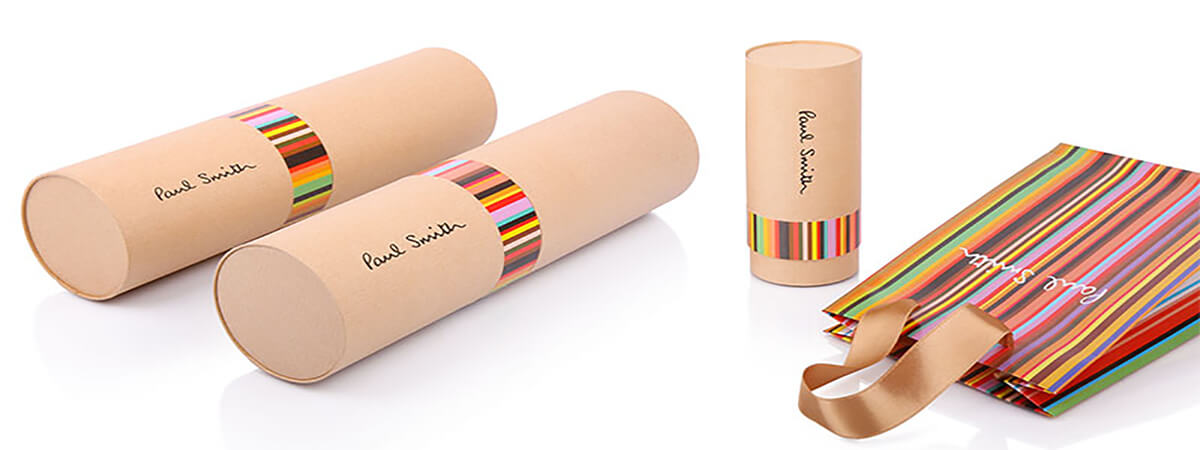
4. Conclusion
What makes good packaging design for B2B customers? Packaging eliminates any problems in the buyer’s decision. Packaging can be an effective weapon to beat competitors, and effective packaging can be the deciding factor.

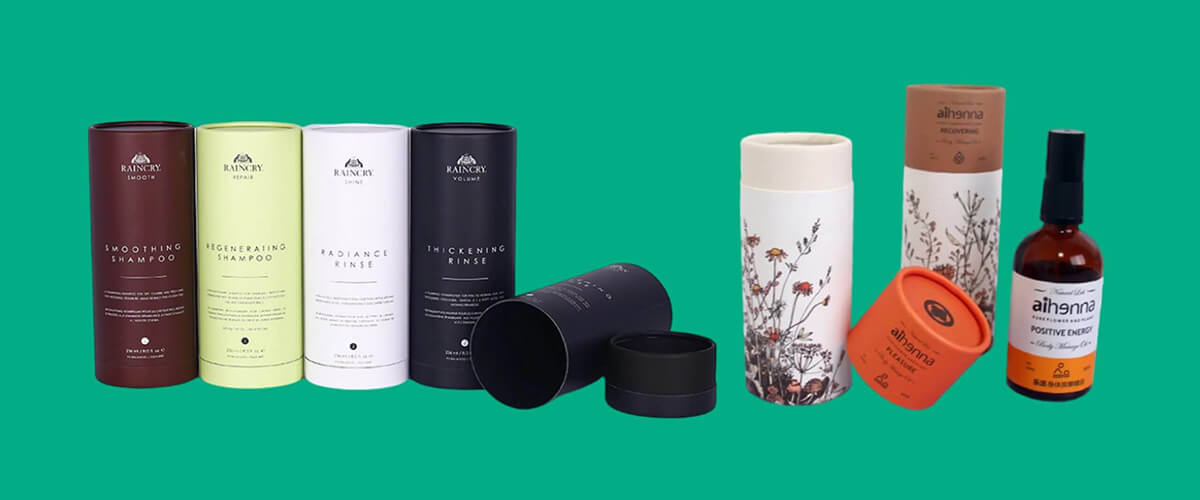
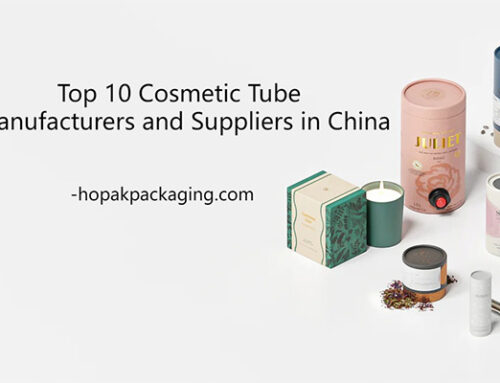
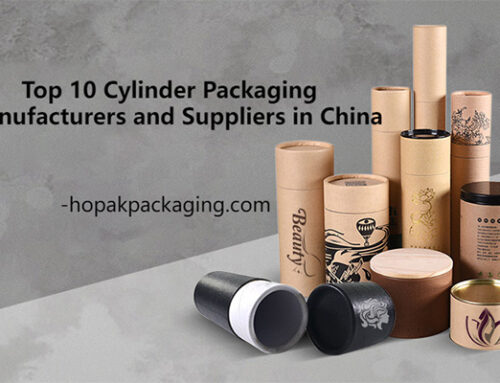
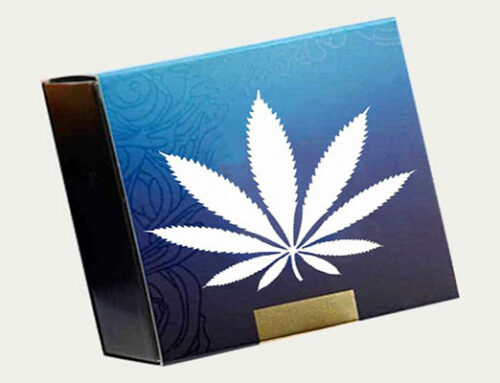
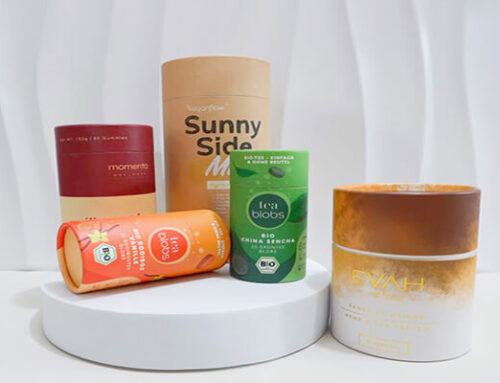
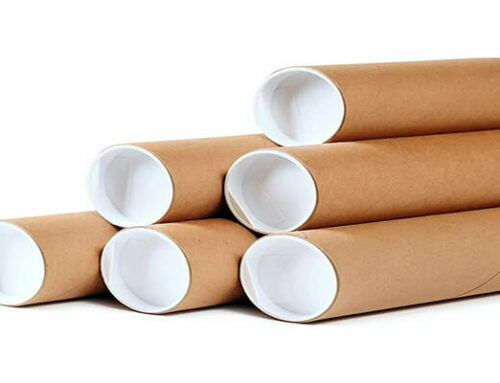
Leave A Comment